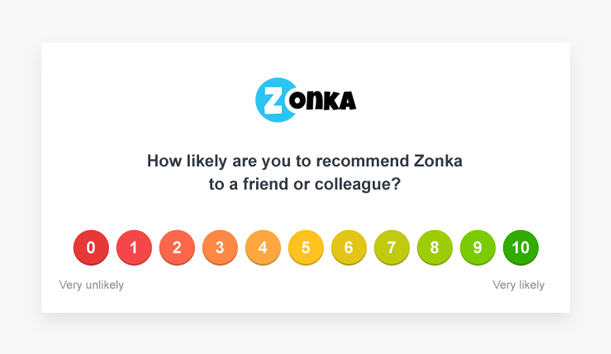For your business to be successful, you’re probably doing everything you can to satisfy your customers. But how do you know if your efforts are actually paying off? We’re all aware that in today’s digital age, where social media is a powerful tool in the hands of people, customer experience can make or break a business. Both happy and unhappy customers wield much greater power than their counterparts from a decade ago. A happy post or an angry rant – both can go viral on social media, affecting your business in a way that you never imagined!
According to the Genesys Global Survey, bad customer service costs organizations $338.5 billion globally per year in lost business.
So in such a scenario, it pays to be one step ahead of your consumers and strike the iron when it’s hot. In order to do that, businesses need to measure their efforts towards customer satisfaction. Well-acclaimed management guru H. James Harrington says: “Measurement is the first step that leads to control and eventually to improvement. If you can’t measure something, you can’t understand it. If you can’t understand it, you can’t control it. If you can’t control it, you can’t improve it.”
All organizations have areas of improvement. The reason why some organizations form a better equity among their consumers than others is that not only do they measure their customer satisfaction, but also act upon the data they collect. The CSAT or Customer Satisfaction Score, therefore, is a measure of the degree to which a product or service meets the customer’s expectations. While it’s doesn’t have to be the last word in developing an understanding of your customer, it is nonetheless an important indicator of whether your business is thriving or slipping.
Making Sense of your CSAT score
The formula to calculate your CSAT score is simple: Satisfaction = Scale x Efficiency x Quality,
Wherein:
- Scale refers to the gamut of issues that an organization deals with,
- Efficiency refers to the time taken to respond to the organization and,
- Quality refers to the number of issues resolved with the minimum responses.
Thanks to technology, it is now easier to make this the formula for success. Today, online surveys are designed to capture feedback from customers in real-time and tie it to a specific event. This allows companies to act on that feedback to forge stronger connections with their customers—based on individual customer reactions to elements of the customer experience.
With a rise in companies actively investigating what their customers are thinking, saying and wanting, a metric like CSAT can be very handy. CSAT surveys can help organizations to
What to Watch Out For
Deciding to go in for CSAT surveys is just the beginning. While this score is hugely valuable, if used incorrectly it will cease to provide actionable insights, and just become a highly flawed vanity metric. To avoid going down that road, organizations need to know the Key Performance Indicators that need to be measured. Here are the top 5:
Revenue Churn: Two key aspects of a successful business are revenue & retention. The net MRR or Monthly Recurring Revenue churn is one of the most important indicators when it comes to calculating your CSAT score because it reveals the revenue lost from customers who cancel their order. If you’re consistently hitting <1% net MRR churn, you’re on the right track.Negative churn indicates good retention strategies and carefully targeted up-sales.
Response Time: The Genesys Global Survey noted a trend in customer service, that people are happiest when they can get answers quickly and by themselves. Speed is a stable determinant of customer satisfaction. The quicker you respond to your customers the more likely they are to be pleased with the experience. So, if you’re able to keep that resolution time relatively low, that could be an indication of good customer service.
Promoter Score: Everybody wants to know how well they’re liked. The Net Promoter Score (NPS) is a measure of how many of your customers like your brand enough to recommend (or promote) it to others. Higher recommendations mean you have a positive score. And if none of your customers refer you, it’s time to find out why.

Customer Retention: A loyal customer is far more profitable to a business than seeking a new one, costing a business 5 to 25 times more, to be precise. The customer retention rate shows the percentage of your customers who have stayed with you over a given period of time, and if you’re bringing back a fair amount of customers regularly, that’s a pretty good indication that you’re providing good customer service.
Employee Satisfaction: Your employees are the windows to your organizations and the first point of contact for your customer. Happy, motivated employees mean better employee turnover, meaning they will be able to give better service to your customers. On the other hand, high attrition and having to look for and train new employees can cost a business up to twice of an employee’s salary.
Customer service is about people more than it is about numbers and Zonka feedback understands this completely. It helps organizations to capture customer feedback at various touch points and across various feedback channels like Tablet, Online, Email and SMS and more.



